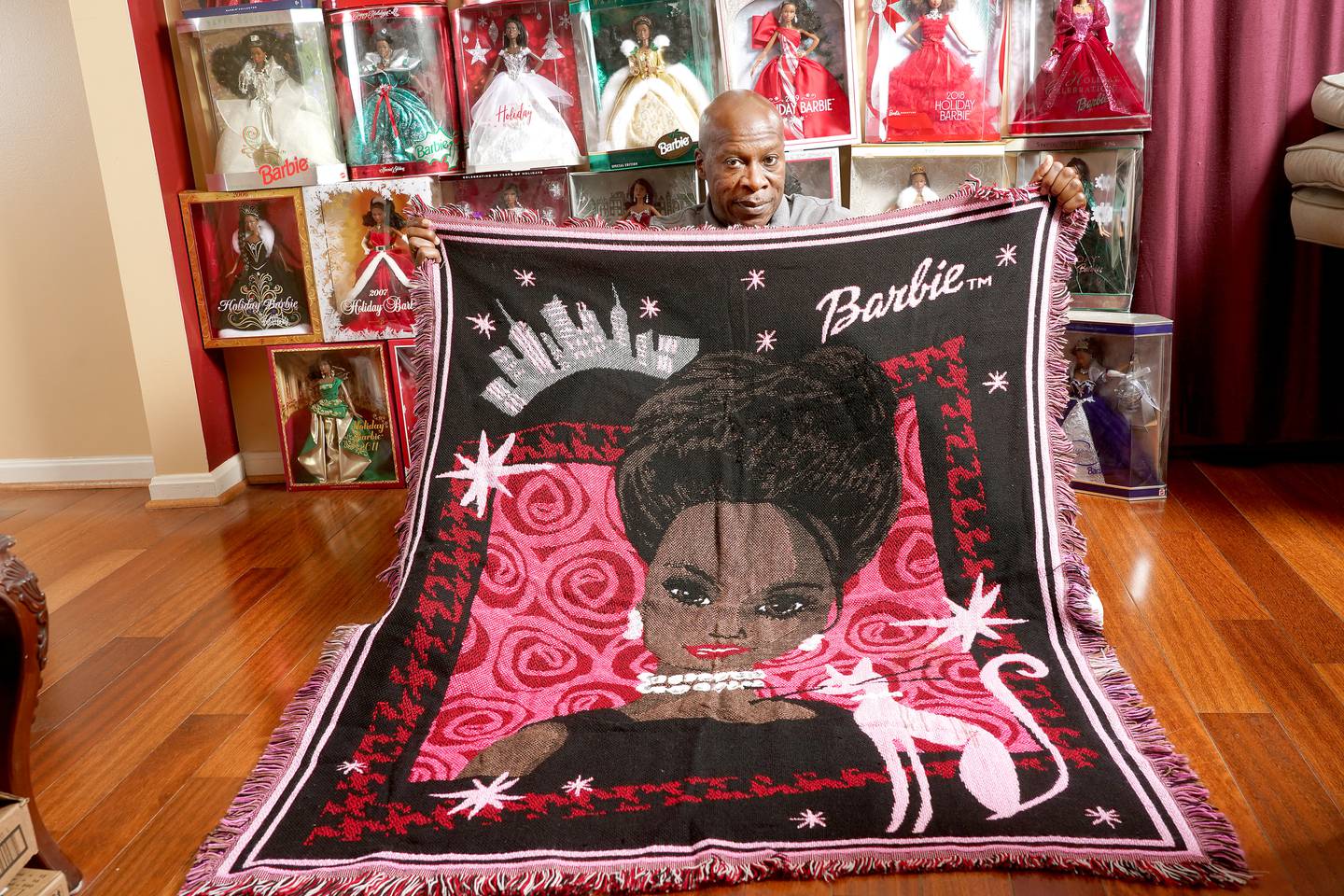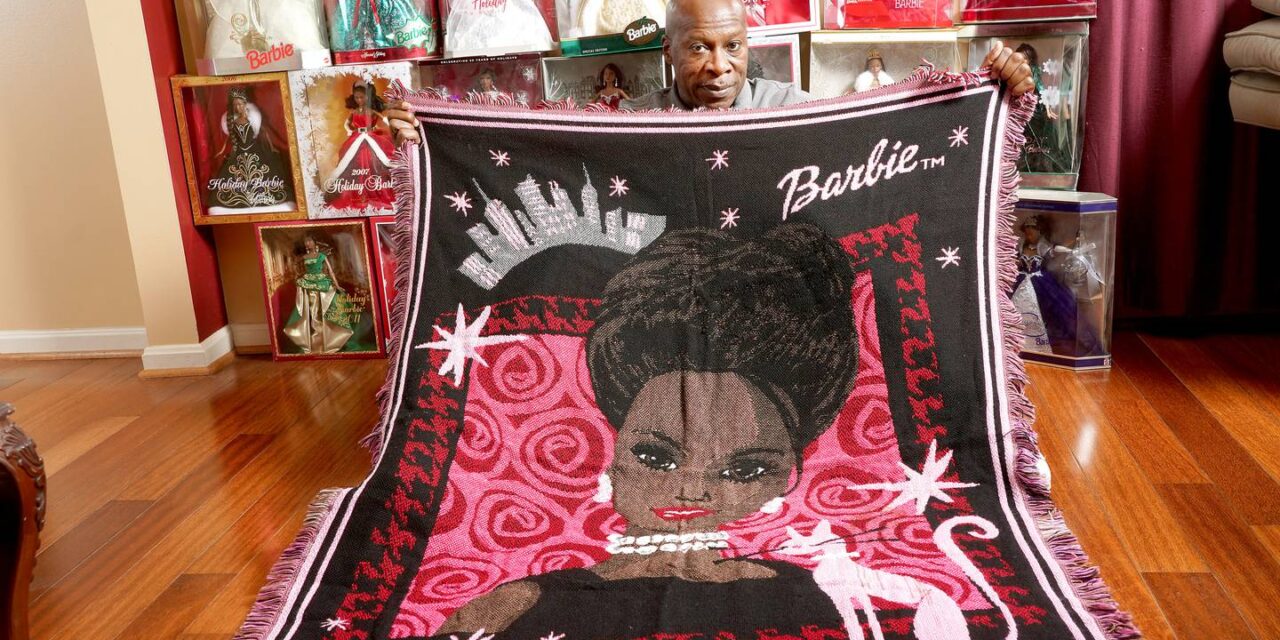I’ll start by proclaiming I am a girl dad, through and through.
My daughter, Samantha, born in 1992, is the greatest gift I could ever receive, and she brought direction and meaning to my life. She has some of my characteristics, and I’ve had the privilege of seeing her grow into a sensitive, caring, strong Black woman who’s fiercely independent. I’m awestruck, as there was no playbook to becoming a good dad. She’s helped me grow as well.
To celebrate her birth, I decided to give her a limited-edition, Black version of Holiday Barbie. I have done so every year since. I will again add to the collection when this year’s holiday season arrives. These special dolls are manufactured only during the holiday season. No doll in the 30-doll collection I’ve built for Samantha has ever been opened. They remain in their individual display cases.
I originally was exposed to Barbiedom via my sister Zina, who fell in love with anything Barbie after the “Julia” Barbie doll was introduced in 1968. The “Julia” doll was based on the television series starring Diahann Carroll. The title character, Julia Baker, was a nurse and single mother whose husband had died in the Vietnam War. The series aired from 1968 to 1971, and it told the story of a Black professional woman raising her elementary school-age son and managing her career and life’s challenges.

“Julia” is considered the first TV show to star an African American woman in a nonstereotypical role. The show was also groundbreaking in the way it provided positive representation of Black women and a positive role model for little Black girls like my sister.
Immediately, Zina wanted any and everything Barbie, and she got many of the Barbie dolls and accessories. I became a regular “Julia” watcher myself. That kind of positive representation of Black Americans was rare on TV at the time. Diahann Carroll’s character must’ve had a lasting impact on my sister and me. So that Barbie had a particular meaning for us.
As my daughter became aware of her Barbies, she fell in love with them. As she grew up with the expanding collection, she understood these were the special ones, different from the many others she owned and played with frequently. Samantha also has a limited-edition Black Barbie quilt, a never-opened 35 mm camera and the full range of related accessories.
In the days before extensive use of the internet, finding the dolls meant driving around to the various big-box stores in the Baltimore area. That expanded to asking friends elsewhere in Maryland, the District of Columbia and Virginia to keep a lookout. When I started the collection, I researched the finer points of Barbie collecting.
From the time Samantha was a toddler, she understood the holiday dolls were not to be played with. Getting older, she looked forward to getting one every holiday. Her favorites are her first one — that 1992 edition — and the 2008 edition. Mine is the Barbie 2000, for its elegance and attention to detail.
As Samantha grew up and stopped playing with Barbies, she continued to look forward to getting a doll every holiday. This tradition spanned her high school years, her time at Spelman College and beyond.
She has gone on to become an entrepreneur, a visionary who manages her business interests and an actress.
Sign Up for Alerts
Get notified of need-to-know
info from The Banner
This girl dad for life hopes to continue the tradition of collecting Barbies with his daughter for another 30 years.
Zachary Grant, who retired as a lieutenant with the Montgomery County Sheriff’s Office, lives in Halethorpe and is the father of Samantha Grant, an entrepreneur and actress.





